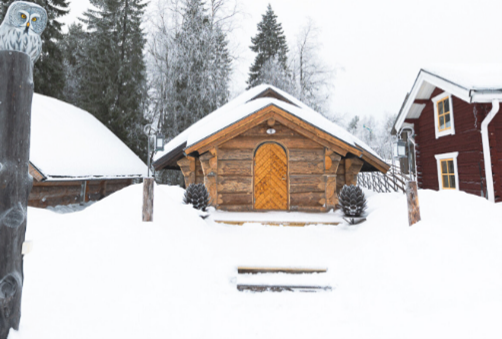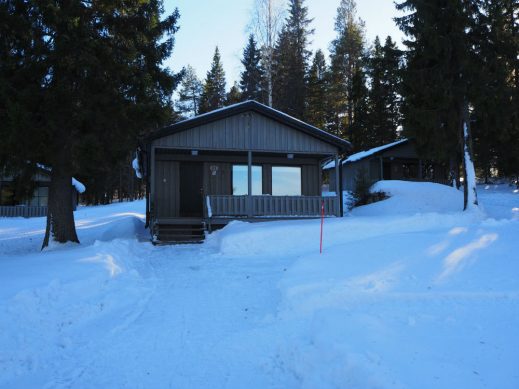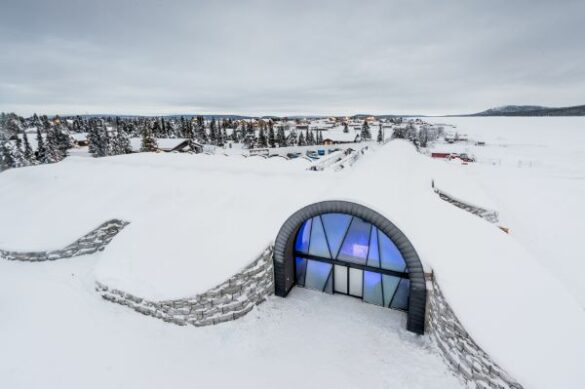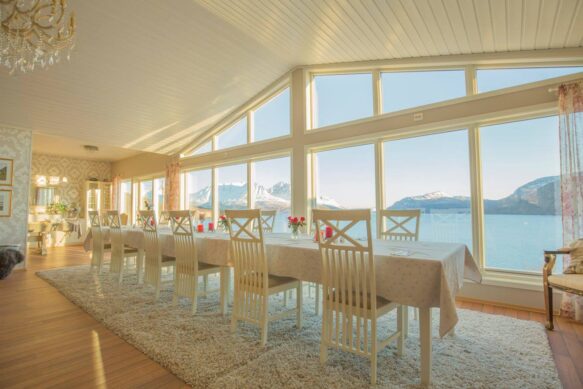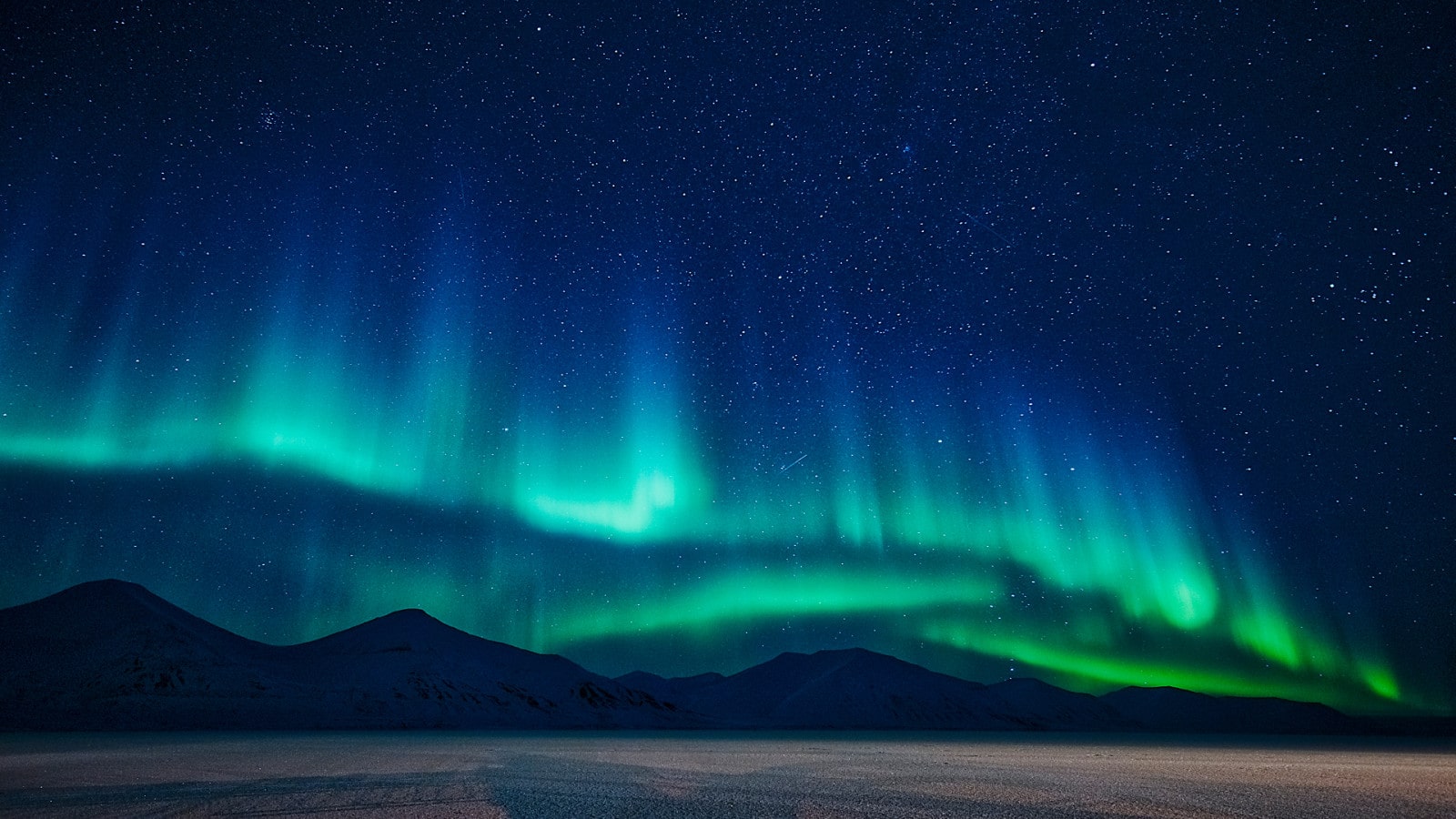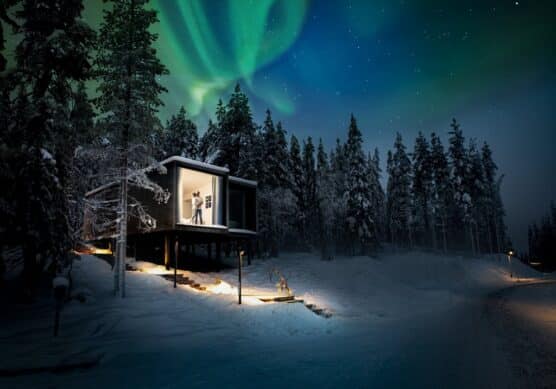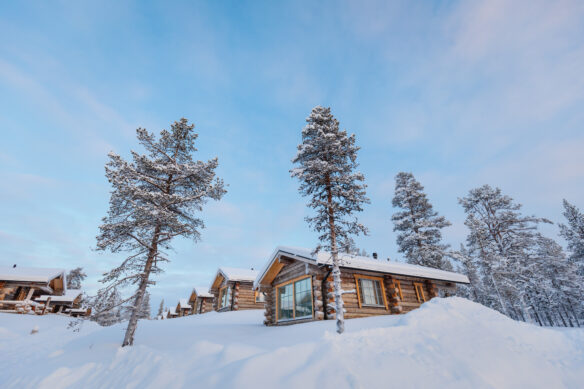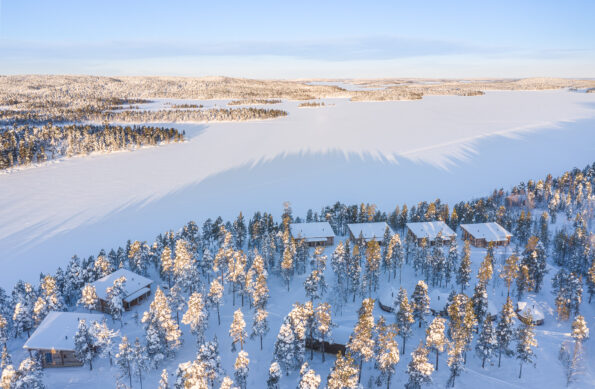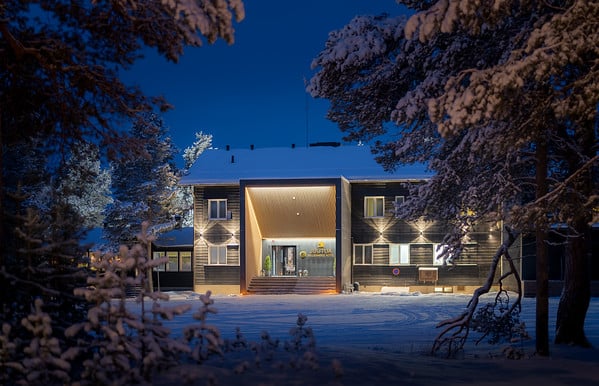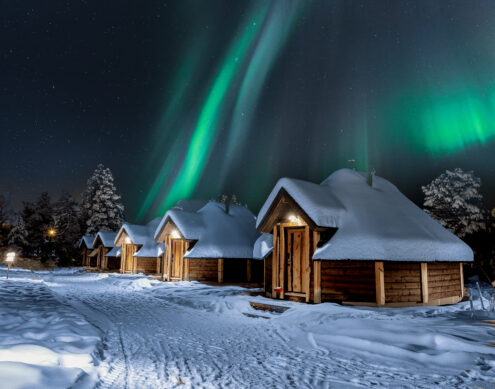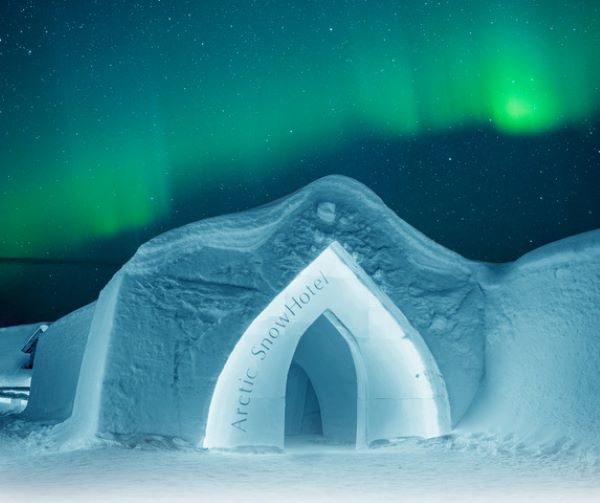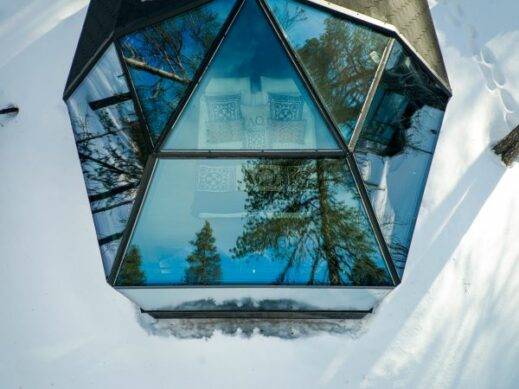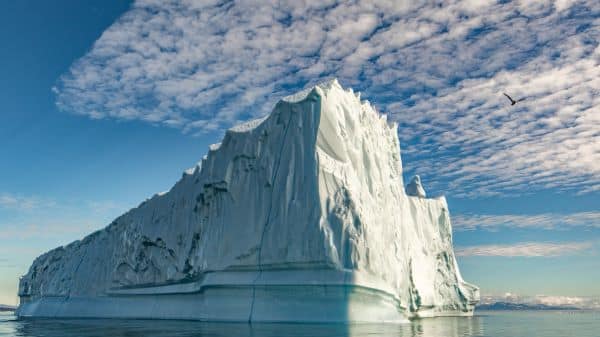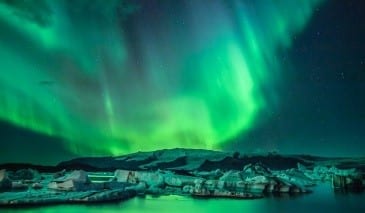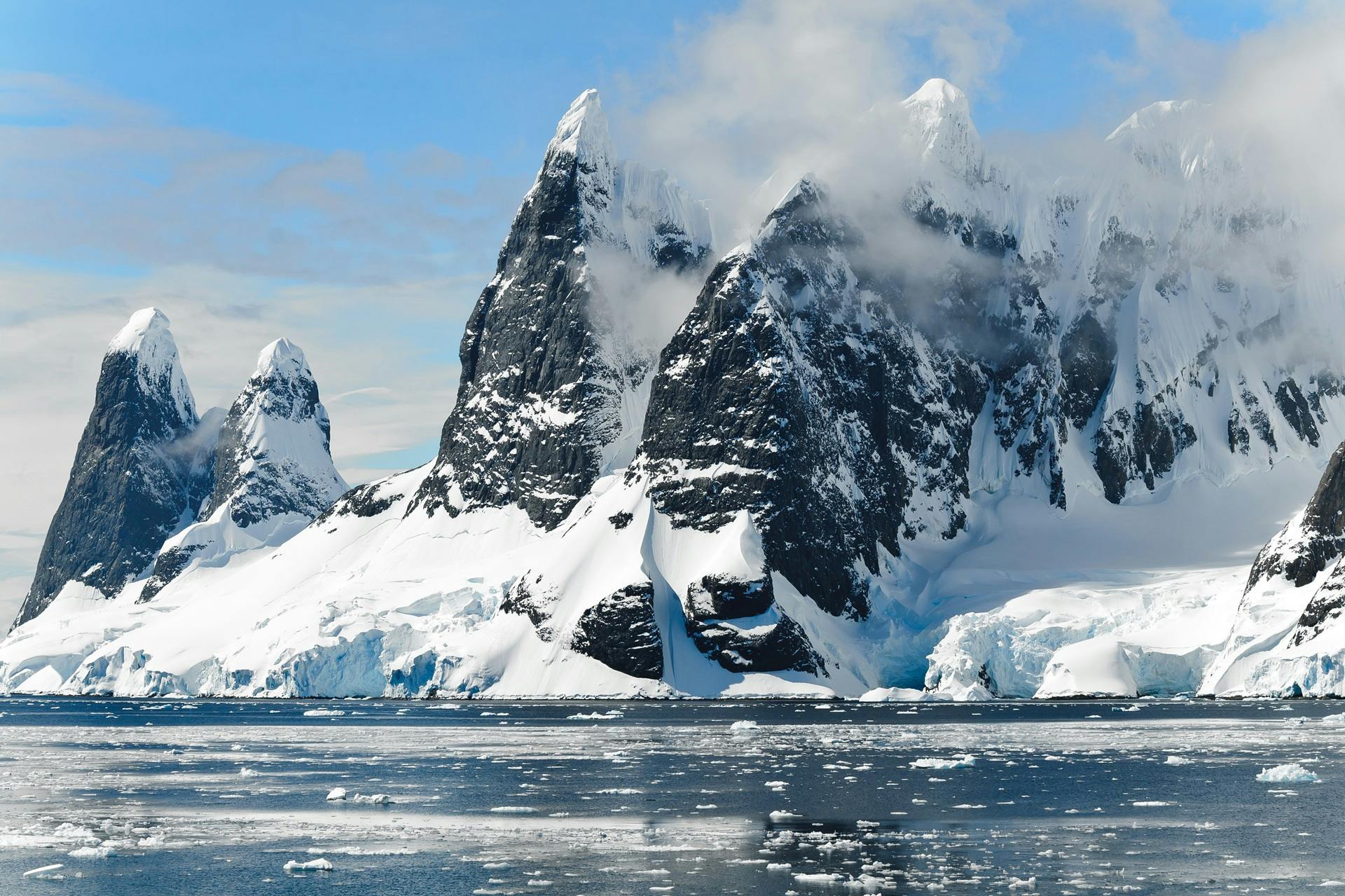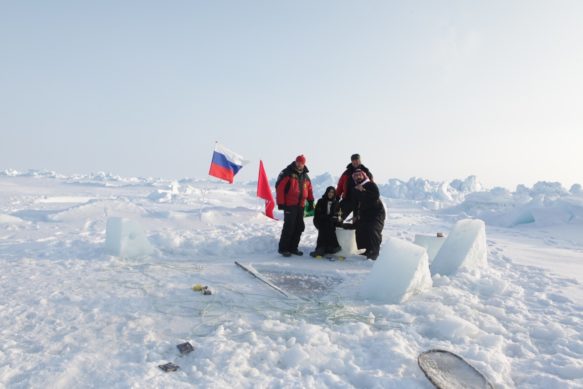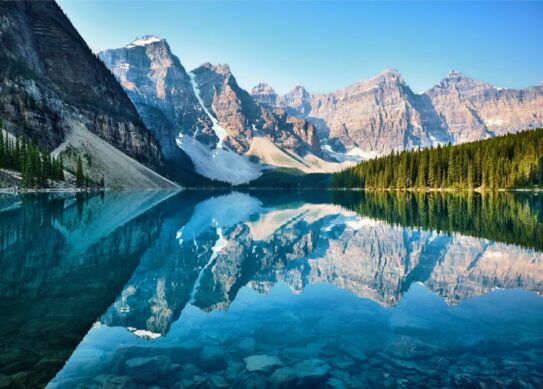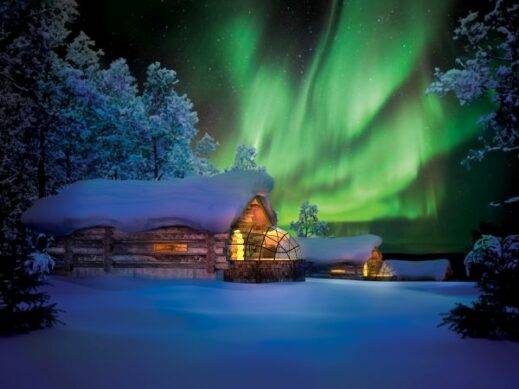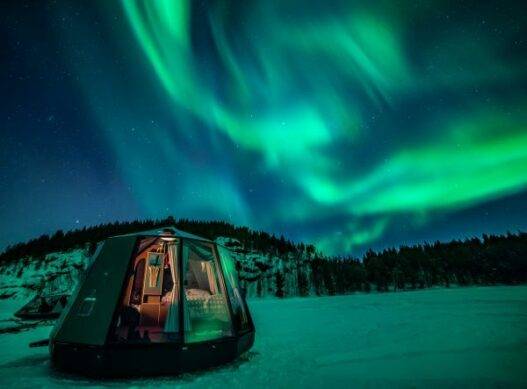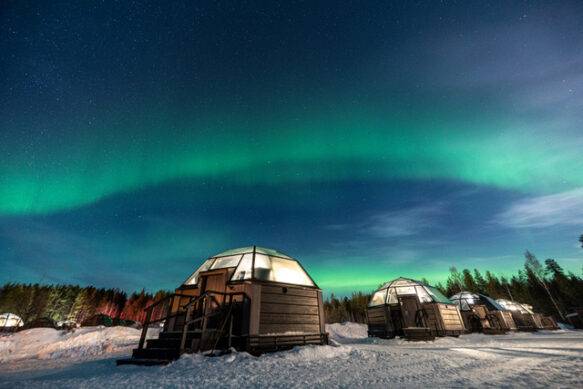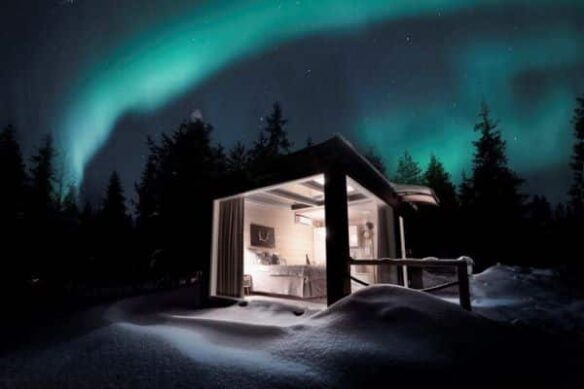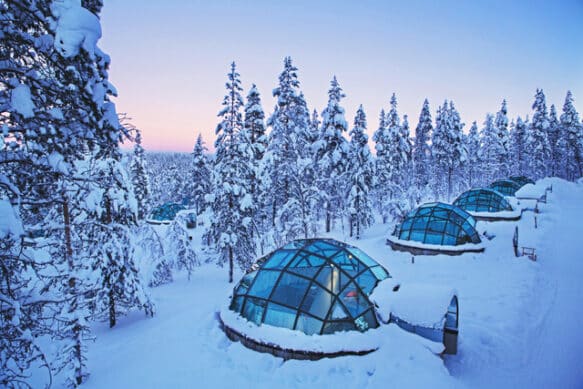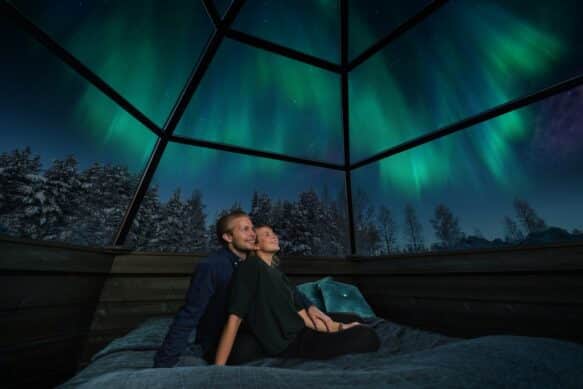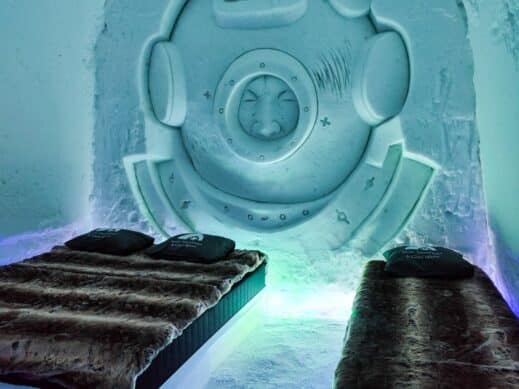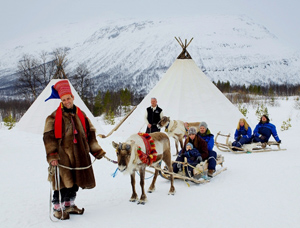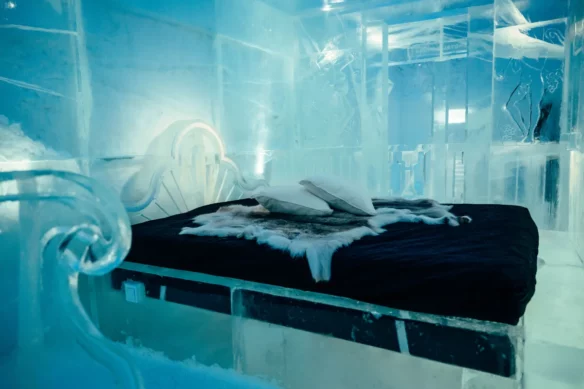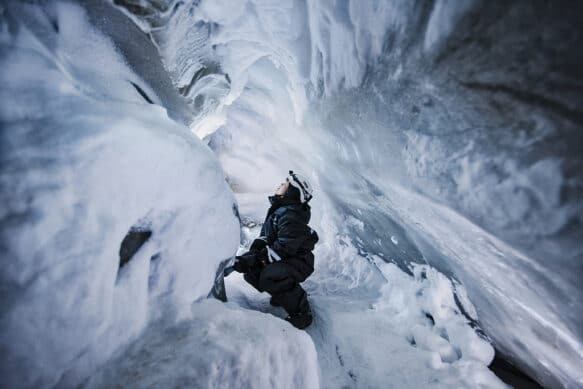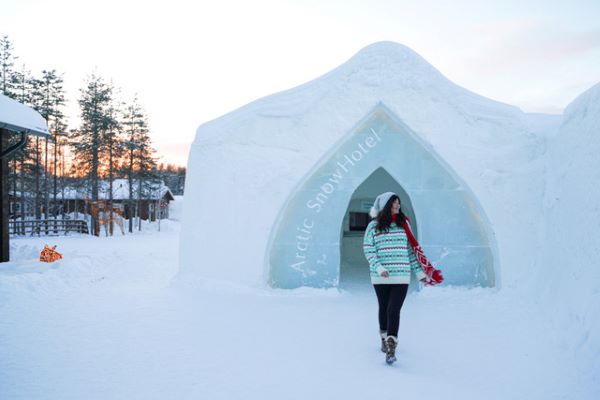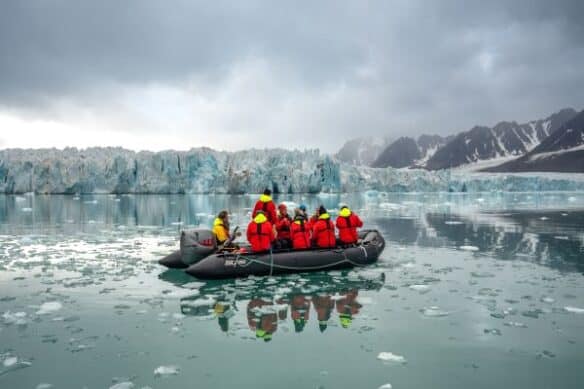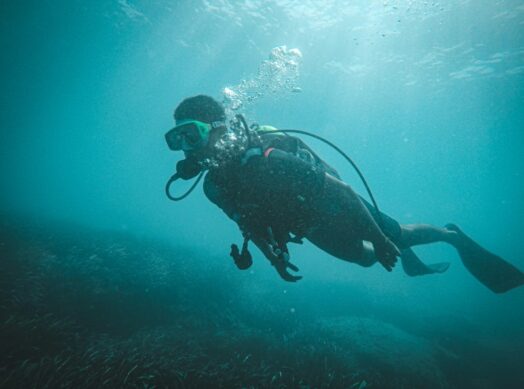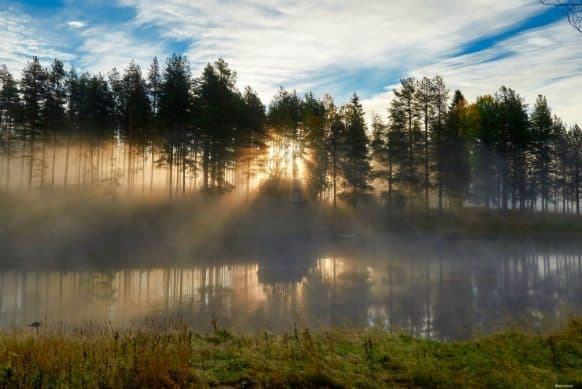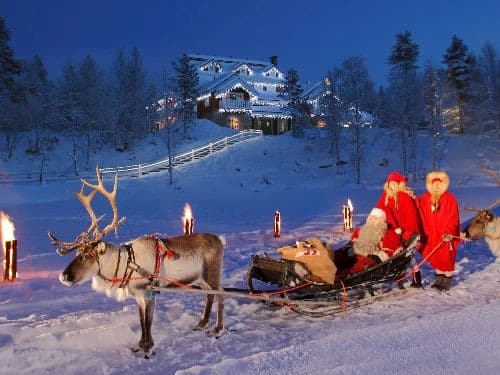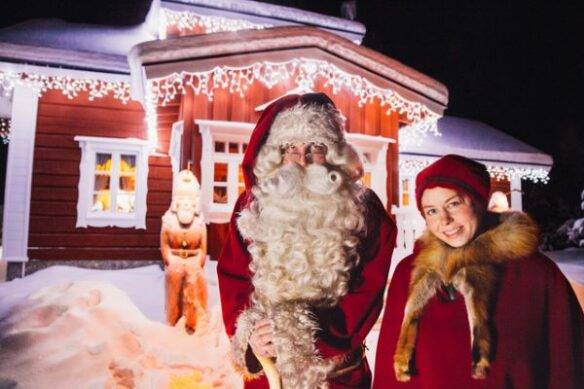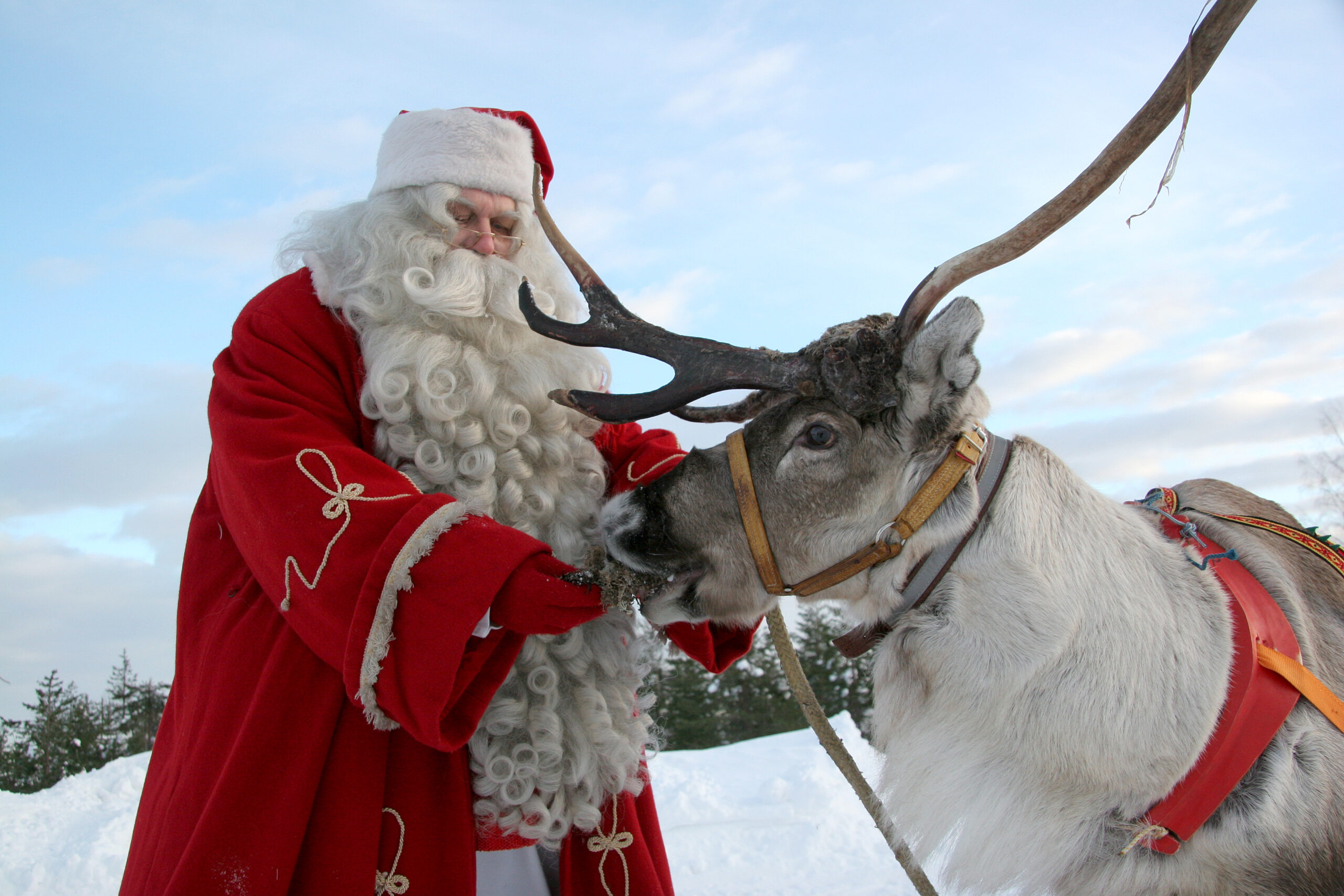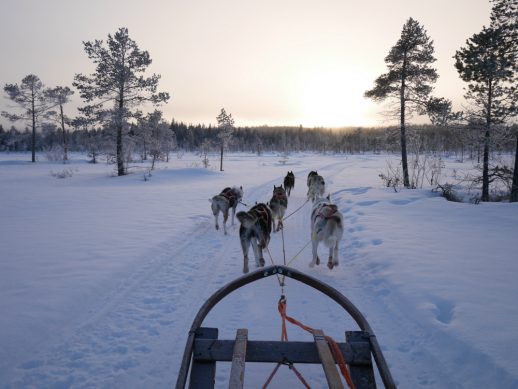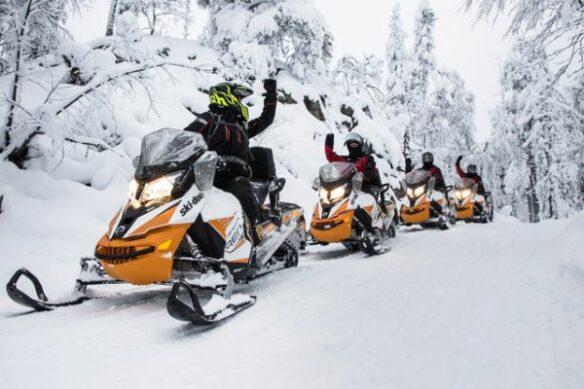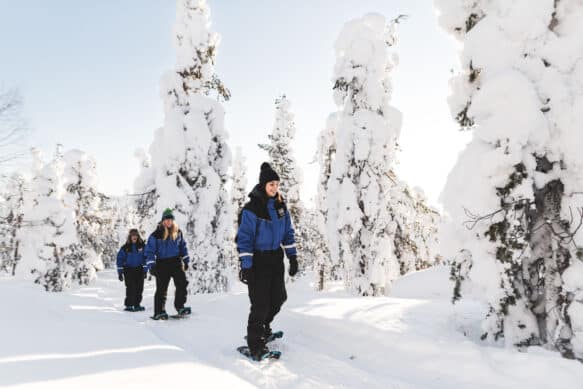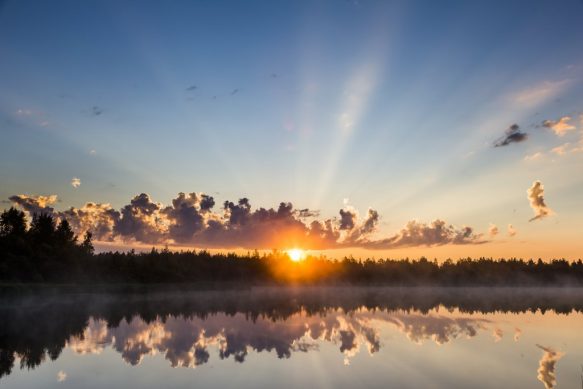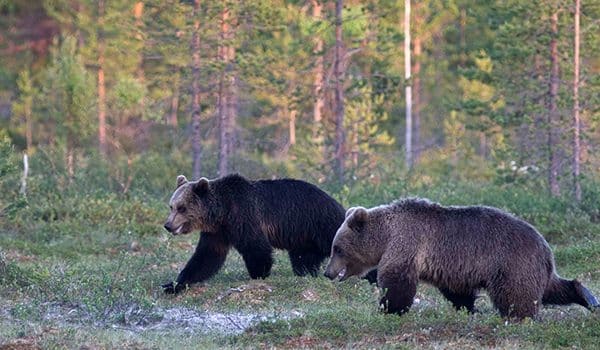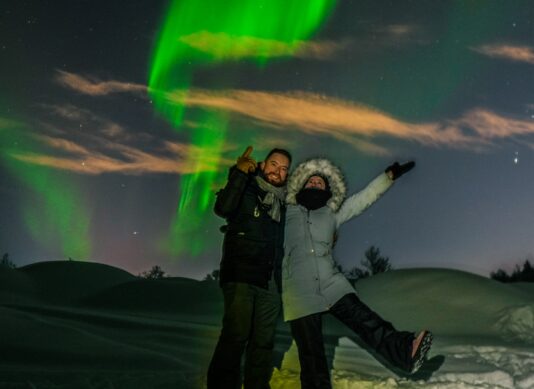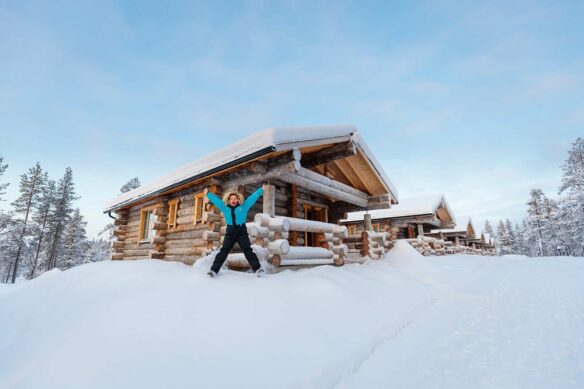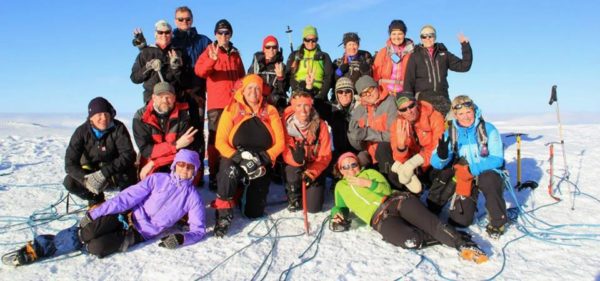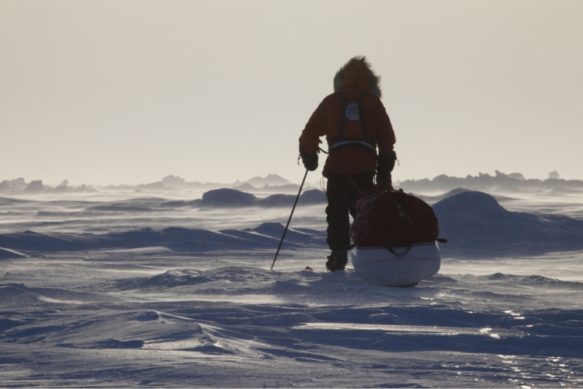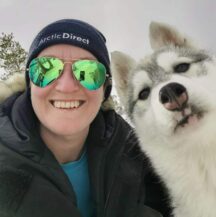Breathtaking Iceland by Clare
Part 4: Going off road Super Jeep style
After the coach trip of the previous day, we were back on the road again. This time we were taking a pumped-up Super Jeep to see parts of Iceland that the usual tours just can’t reach. If you want to make the most of your stay in Iceland and to see more of the incredible landscapes it’s great to get off-road, BUT driving in Iceland is best left to the professionals. Every year, tourists get into sticky situations trying to navigate impassable roads and rivers in unsuitable vehicles. It really isn’t worth the risk especially when we can organise a driver and a jeep for you. The guides we use are very experienced and know all the best places to go to give you an amazing experience. We don’t organise any self drive tours.
The weather had turned again and instead of the glorious blue skies we had been treated to the previous day, it was looking decidedly grey and gloomy. The wind had picked up too and our guide explained that there was a storm on the way, so the tour we had originally planned wouldn’t be suitable. Instead we were headed for Seljalandsfoss one of Iceland’s best-known waterfalls and a mountain trail into Thorsmork.
Thorsmork is very popular among Icelanders in the summer when it offers lush vegetation, hiking trails over rivers and peaks and a range of accommodation including campsites and mountain huts.
In the colder months it is no less spectacular with the stark contrast of black rock and white water and the greenery on the valley walls turns a luminescent green and orange. With the stormy skies above it was just stunning.
After stocking up on picnic supplies, we took a short break near Seljalandsfoss to adjust the tyre pressure and then we were off. It’s a rocky drive through the mountain streams and, if it starts raining, the streams can become swollen and dangerous very quickly, so it is vital to have a big vehicle (and a skilled driver) to cope. Our Super Jeep was huge and even more robust than the usual off-road vehicles but very comfortable inside.
The highland road took us past Iceland’s most famous (and famously hard to pronounce) volcano. Eyjafjallajökull erupted in 2010 and its ash cloud caused enormous disruption to air travel across Western Europe. Eyjafjallajökull isn’t just a volcano, it is also covered with an ice cap meaning that when the volcano erupted so did the glacier. Meltwaters caused flooding in Southern Iceland and we went to see the place where part of the main outlet glacier broke off. We had a stop here to clamber over the rocks and cross a small (but very fast flowing) mountain stream towards the glacier.
Back in the jeep, we followed the trail through icy rivers and streams all the way to the Basar Mountain huts for a picnic.
You can stay in the huts or camp here (in the summer) as part of your adventure. The accommodation is basic but gives you fantastic access to the region’s hiking trails.
On the way back to Seljalandsfoss, we stopped first at the lesser known Gljúfrafoss (also known as Gljúfrabúi which means “Dweller in the Gorge”). Gljúfrafoss is 40 metres high and hidden in a canyon so you can’t really see it unless you either climb up the rocks or clamber right inside. We chose to wade through the stream into the gorge to get as close as we could to the waterfall. It was amazing! Make sure you have wellies or walking boots if you want to do the same (plus waterproofs as the spray will soak you).
It was a short walk from here to Seljalandsfoss, one of Iceland’s best known tourist destinations. There is a well-worn path that takes you behind the waterfall but it gets wet and slippery so isn’t readily accessible. The waterfall can also be seen from the car park if you aren’t able to make the climb. The sheer power of both waterfalls as they thundered past just a few metres away from us was just breathtaking.
By now it was starting to get very cold and wet so we were glad to climb back into the heated jeep to head back to Reykjavik. We drove past fields of Icelandic horses huddled together for warmth and saw the most amazing sheep – their fleeces looked more like long flowing locks that the tight curls most commonly seen in the UK.
As we drove, our guide received a message to say that the mountain pass ahead of us was closed due to a blizzard so we decided to stop for a coffee before checking the road again or finding another route. Luckily the road had reopened by the time we got there and we were able to drive back to the city through howling wind and thick snow. I was very glad that we had hired a driver for the day as we passed other vehicles that had not been able to make it across the pass in the extreme conditions.
In Reykjavik there was absolutely no sign of the snow which just shows how unpredictable the weather is here.
We were hungry after our trip so we decided to head back out to the marina to look for food after a quick shower and a change into some dry clothes. Harbor restaurant is just a few doors along from Kopar (which we visited yesterday) and another one of the aqua-green buildings on the harbour front. They were built in the 1930’s and were originally used as baiting sheds and fishing gear storage. You wouldn’t know that now as they have been turned into the most beautiful, cosy restaurants and shops.
Harbor focuses on Icelandic food with a modern twist. There’s a lovely terraced area to enjoy on a clear evening and stunning views across the harbour towards Esja mountain. There’s a wide choice of food, as well as freshly caught fish and Icelandic mussels you can also enjoy pizza, burgers and slow cooked lamb. Prices are around £20-30 for a main course and they also have a children’s menu. It’s more budget friendly than Kopar but the food was still delicious.
In Part 5 – the final part of the blog – we’re heading out to sea to find out more about the whales who swim in the cold waters around Iceland and we’ll also take a look at the best things to buy to remember your visit.
To book your trip to Iceland and to find out more about the adventures that await you just give us a call on 01793 939035 or email sales@arcticdirect.co.uk

